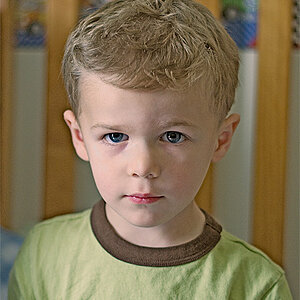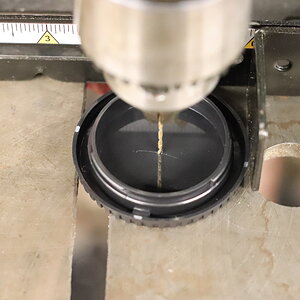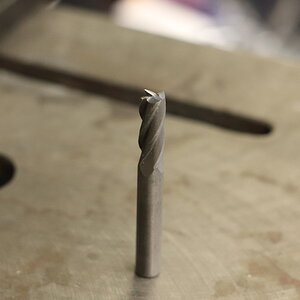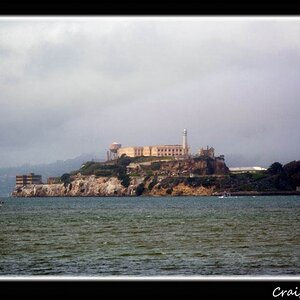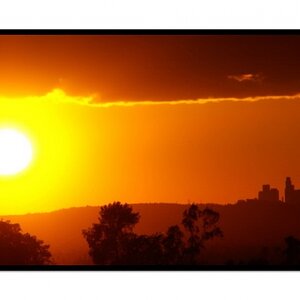Alleh Lindquist
TPF Noob!
- Joined
- Oct 2, 2008
- Messages
- 244
- Reaction score
- 0
- Location
- Portland OR
- Website
- www.allehphotography.com
- Can others edit my Photos
- Photos NOT OK to edit
Ok so I was recently asked if I would be interested in teaching a photography class for children sponsored by Wieden + Kennedy and before this starts being put into action and planned out I want to have a curriculum rough draft put together. I am going to guess the students will be between ages 11 and 16.
The class will be all digital and I need to come up with where to start and finish and activities to engage the children along the way.
Here is a basic rundown of what I came up with off the top of my head
I need ideas for other topics I should cover and what might be some good ways to approach these topics to make them fun and interesting to learn by children.
I appreciate the help.
The class will be all digital and I need to come up with where to start and finish and activities to engage the children along the way.
Here is a basic rundown of what I came up with off the top of my head
- Basic camera operation and a little about manual controls
- Composition
- Light and how it works
- Portraits
- Landscapes
- Etc.
I need ideas for other topics I should cover and what might be some good ways to approach these topics to make them fun and interesting to learn by children.
I appreciate the help.


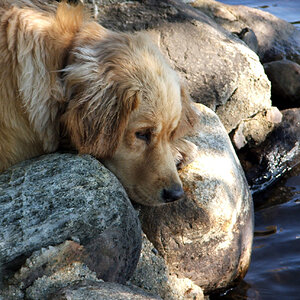
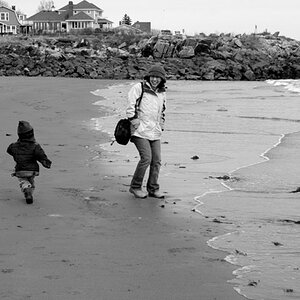
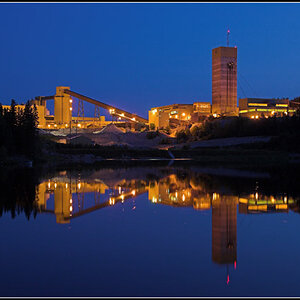

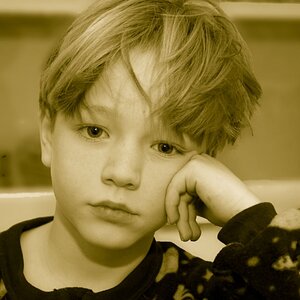
![[No title]](/data/xfmg/thumbnail/37/37530-f696180c1fd3444086283e369551ef10.jpg?1619738131)
